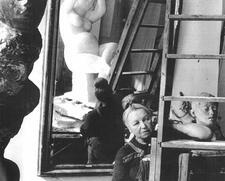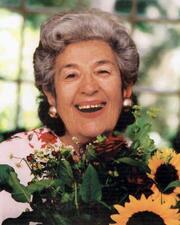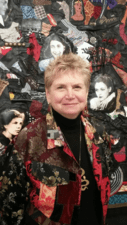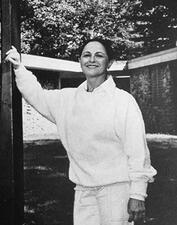Art: Sculpture
Virginia Morris Pollak
During World War II, sculptor Virginia Morris Pollak used her deep understanding of clay, plaster, and metal to revolutionize reconstructive surgery for wounded servicemen. This earned her a presidential citation, and she was later appointed to JFK’s Commission for the Employment of the Handicapped. Pollak also co-founded her own sculpture studio and chaired the Norfolk Fine Arts Commission, beautifying her hometown with an outdoor sculpture museum at the Botanic Garden.

Antonietta Raphaël
Painting and sculptor Antonietta Raphaël rose to fame in the 1950s. Her paintings were seen for the first time in Rome in 1929; during World War II, she took up sculpting, and in the 1950s, she rose to prominence and exhibited her works worldwide.

Miriam Schapiro
Miriam Schapiro helped pioneer the feminist art movement, both through her own pushing of creative boundaries and by creating opportunities for other women artists. Starting in 1970, Schapiro raised women’s consciousness through her writing, painting, printmaking, teaching and sculpture. She lectured extensively on feminist issues to professional conferences, university audiences, art classes and women’s groups.

Linda Stein

Hanna Stiebel

Ruth Weisberg
Hannah Wilke
Chloe Wise
Chloe Wise uses her art to comment on consumer culture, most famously through her Bread Bags series, which creates purses made of realistic-looking bakery items, adorned with the straps, logos, and hardware of designer bags.
Teresa Żarnower (Żarnoweröwna)
One of the most important artistic personalities of the Polish constructivist avant-garde in the 1920s, Teresa Żarnower founded the first Polish constructivist artistic group, “Blok,” and also edited the magazine of the same title. While pioneering the field of avant-garde art, she was also actively involved in left-wing politics, designing election posters and two-party leaflets.


